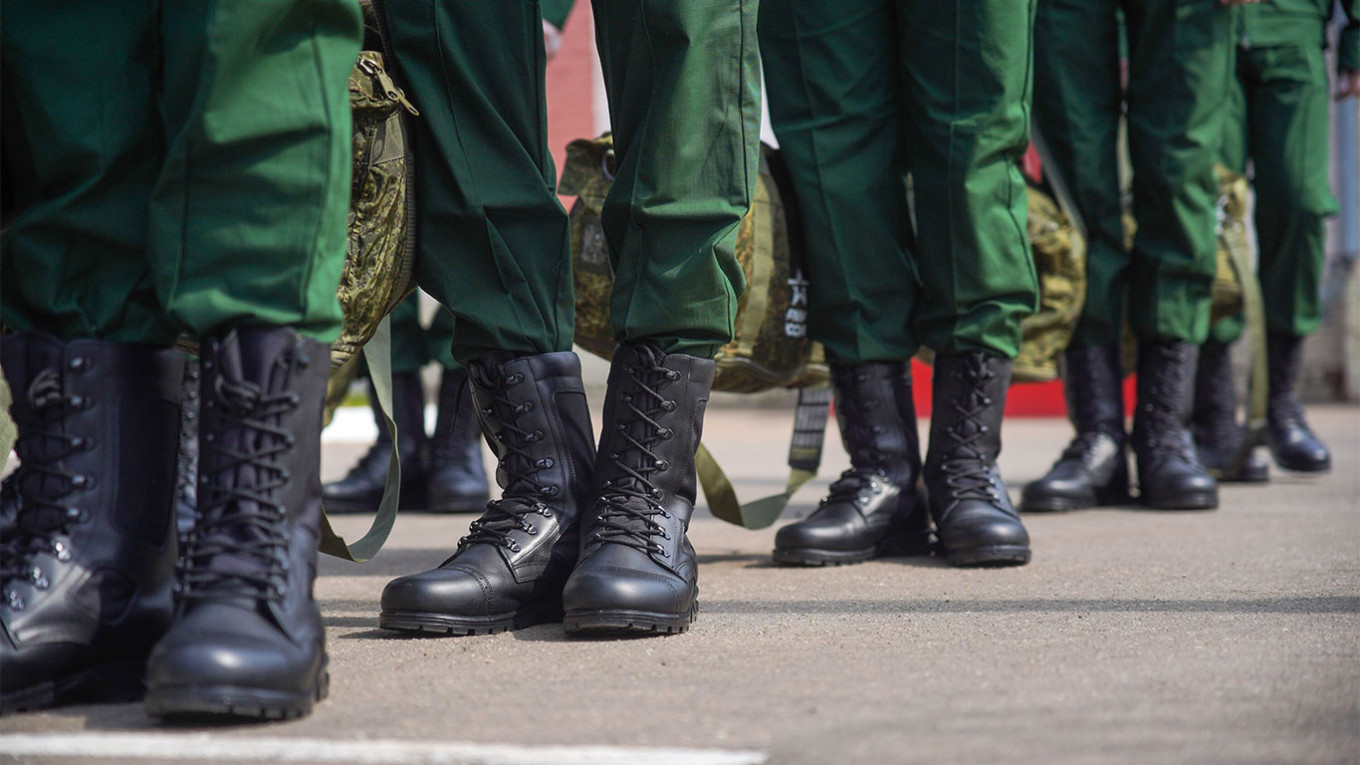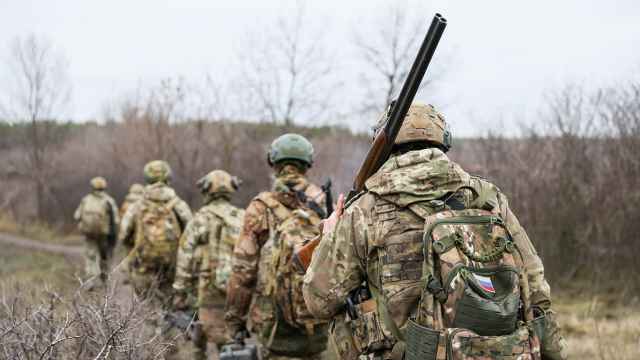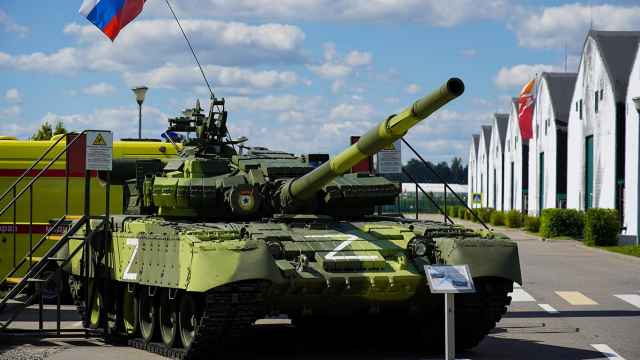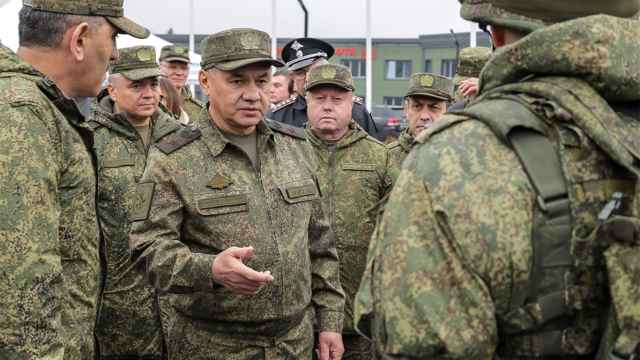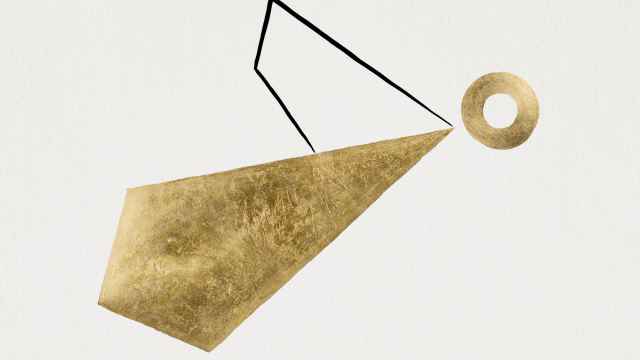Russian President Vladimir Putin declared a “partial mobilization” early Wednesday after seven months of warfare in Ukraine that have taken a significant toll on Moscow’s forces.
In a pre-recorded address to the nation, Putin said mobilization will start immediately in order to aid Russia’s fight against the “collective West” in Ukraine.
But what does the Kremlin’s “partial mobilization” mean? How will it be implemented? And will it help Moscow reverse its military defeats?
What is mobilization?
Russian law allows for mobilization in the event of foreign aggression or an attack on Russia — it is about preparing Russia’s economy and Armed Forces for war. In particular, it means calling on Russia’s military reserves.
This is the first time Russia has mobilized since the 1941 Nazi invasion of the Soviet Union.
As Russia has always described its invasion of Ukraine as a “special military operation,” the Kremlin has not, until now, introduced any measures traditionally associated with wartime. But Wednesday’s announcement changes that.
What are Russia’s “military reserves”?
On paper, Russia’s military reserve is over 2 million men — including former conscripts (military service is obligatory in Russia), retired officers and those who have left active duty.
An estimated 90% of these reservists have not received any form of training after their initial service in the Armed Forces, which in some cases might have been decades ago.
“Reservists would not be combat ready. It would all depend on what they did and how long it's been since they served. These skills atrophy over time if you don't exercise them,” said Dara Massicot, an expert on the Russian army at U.S. think tank RAND Corporation.
What is a partial mobilization?
Unlike a “general mobilization” that would allow Russia to call up all of its 2 million reservists, a “partial mobilization” stipulates that military summons will be limited to certain groups of reserves, or those from a certain area of the country.
This likely means Russia will call upon active reserves, those who have completed their military service more recently, or those with combat experience.
Who is being called up?
According to Putin, Wednesday’s partial mobilization will be limited to reservists with relevant military experience.
"We are talking about partial mobilization. That is, only citizens who are currently in the reserves and, above all, those who have served in the Armed Forces, have military skills and relevant experience. Only they will be subject to conscription," Putin said.
Russia will call up a total of 300,000 reservists, Defense Minister Sergei Shoigu said in televised comments that followed Putin’s address.
This is a sizable number — particularly when compared with the 190,000 soldiers Russia is estimated to have amassed for its invasion of Ukraine in February.
Is it clear exactly who will be mobilized?
No. Observers quickly noticed that the decree on mobilization signed by Putin on Wednesday gave the Defense Ministry far more leeway to conscript fighting-age men than Putin and Shoigu suggested.
“The mobilization is called partial, but no parameters… neither territorial nor categorical — are indicated,” Russian political analyst Yekaterina Schulmann pointed out on Telegram.
“In reality, the Russian Defense Ministry will decide which men, where and in what quantities to send to the war,” human rights advocate Pavel Chikov posted shortly after Putin’s announcement and the publication of the corresponding decree.
How will Russia implement partial mobilization?
After much of Russia’s reserve structure was dismantled during the late Soviet period, enrolling tens of thousands of men into the Armed Forces will likely be a time-consuming and muddled process, analysts said.
“Russia hasn’t mobilized in a really long time,” said expert Massicot.
“They will cobble together people and send them into the front with old training, poor leadership, equipment maintained at an even worse shape than the active duty force, and send them in piecemeal because they don’t have time to wait,” Massicot tweeted.
Human rights lawyer Chikov said that much of the political responsibility for ensuring the mobilization runs smoothly will likely be passed down to regional governors.
“The mechanism will be as follows: the Defense Ministry will form quotas for mobilization for each region of Russia. The governors will be responsible for their execution,” he said.
How will this affect the war?
Mobilizing reserves is a lengthy and resource-heavy process, meaning there is unlikely to be any immediate impact on the battlefield, according to analysts.
“I don’t see how Russia can make brand new units of called up reservists with battalions worth of functioning equipment, that's a process that will take multiple months,” Massicot told The Moscow Times.
Even when such units are ready, Russia will likely only be able to deploy them to perform relatively simple tasks like holding defensive positions.
And they are unlikely to change Russia’s slim chance of capturing the whole of eastern Ukraine’s Donbas — a Kremlin war aim — according to Massicot.
“In the short term, Russia can mobilize men for an infantry type role, but this is for sustainment, rather than offensives,” she said.
“I think for now offensives are out of the question.”
A Message from The Moscow Times:
Dear readers,
We are facing unprecedented challenges. Russia's Prosecutor General's Office has designated The Moscow Times as an "undesirable" organization, criminalizing our work and putting our staff at risk of prosecution. This follows our earlier unjust labeling as a "foreign agent."
These actions are direct attempts to silence independent journalism in Russia. The authorities claim our work "discredits the decisions of the Russian leadership." We see things differently: we strive to provide accurate, unbiased reporting on Russia.
We, the journalists of The Moscow Times, refuse to be silenced. But to continue our work, we need your help.
Your support, no matter how small, makes a world of difference. If you can, please support us monthly starting from just $2. It's quick to set up, and every contribution makes a significant impact.
By supporting The Moscow Times, you're defending open, independent journalism in the face of repression. Thank you for standing with us.
Remind me later.



